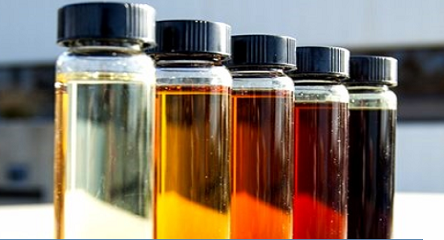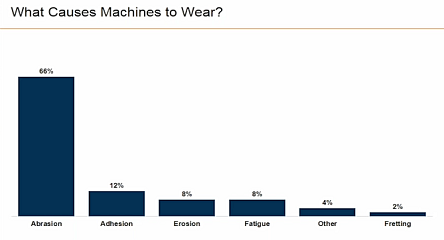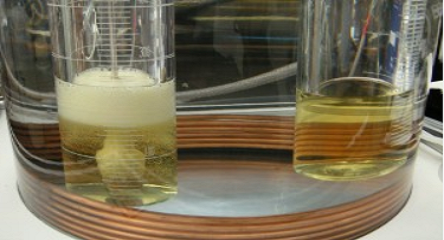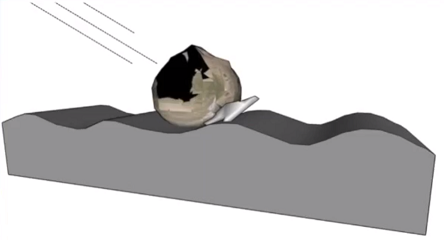Five Minute Facts
Get Sampling Compact Gearboxes & Gearmotors
Small gearboxes and gearmotors are performing heavier work and carrying greater loads than ever before. Gear manufacturers are redesigning, modernizing, and using finer steels to produce precision gears that will give better performance. Bearings and seals have also advanced in design and performance. This equipment is found in all industries but is especially important in food and beverage, pharmaceutical and logistics applications.
This equipment needs to be reliable – especially at this point in time. Breakdowns lead to disruption in the supply chain. Gear wear can be aggravated by misalignment, poor lubrication, and contamination. Once the gears or bearings are worn past their operational tolerances the cycle begins of:
Many small gearboxes are considered to be replaceable but the downtime they cause cannot be replaced. Oftentimes these gearboxes, though small, are critical to an operation. For example a breakdown in a conveyor gearbox, burnt out the conveyor belt, and brought a large mining site to a halt at a cost of $21,000,000 USD.
Quick 2 minute visual checks and oil analysis can give you information to stay on top of your equipment reliability and manage risk. Routine testing helps you stay on top of and manage the risk to your equipment and your efficiency. In order to have an efficient oil analysis program you need to get a trendable oil sample from your gearbox. Here are some different methods you can use to sample and monitor your smaller gearboxes.
What You Can Do with a Side Level Port?
Consider checking oil level as a first priority, while the equipment is running. If you have fluid level port available, install in a 3-D bull’s-eye. It then takes seconds to visually scan oil levels.
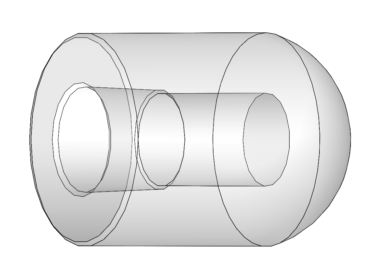 Figure 1 – 3D Acrylic Sight Glass
Figure 1 – 3D Acrylic Sight Glass
Sometimes these problems can be quick fixes. A quick check may indicate a connection needs to be more securely tightened. Remember that low fluid levels will contribute to accelerated wear of components as well as overheating and possibly varnishing of the oil.
Combine a visual check of oil level with drawing a small sample. Oil coloration and visible debris can be helpful in determining whether or not to take the next step of a full laboratory analysis or an on-site analysis. Checkfluid’s LTJ Series offers an option to bend a sampling tube down into the active oil to draw a highly representative sample in seconds. Using a clear sample bottle, a quick visual check of the oil can be helpful to determine the possible presence of water or aeration in a hazy sample.
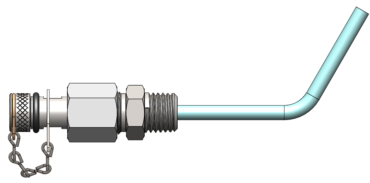
Figure 2 – LTJ Series With Sampling Tube Bent Up
What Can You Do with the Drain Port?
Sample with confidence, Checkfluid offers new short, low-cost, LT Sampling Tubes starting at 1 inch. They are designed to be installed in seconds directly into a variety of ports without bending to get the informative oil samples you need for analysis reports.
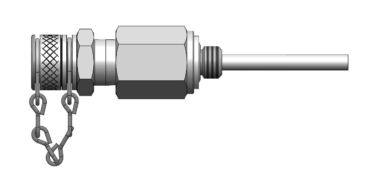
Figure – 3 LT Series with 3” Sampling Tube
These short tubes now offer a low cost LM magnet option to check on ferrous debris. Strategically placed on the nonmagnetic stainless tube they can be checked in seconds while the equipment is running. Samples
What about top ups?
With Checkfluid’s Top-Up pump and probe, up to 16 oz (500 mL) can be added back into the gearbox through the LT or LTJ Sampling Tube. This option is great when immediately replacing sampled fluid from very low capacity equipment while the equipment is running.
If top ups or drains are frequent, consider Checkfluid’s extra highflow MT style valve or Checkfluid’s standard CORE Solution, now offered in 3 size ranges.
What Can You Do With the Breather Port?
Smaller equipment often only supplies a vent hole to prevent pressure buildup. Unfortunately it is also a significant ingress point for contamination when the equipment cools down. If the breather port is available, take advantage of it. Adding a desiccant breather filter can often extend equipment life by 2 or 3 times.
Checkfluid’s ACs series enables you to install a breather in ports a small as Metric 10 x 1 or 1/8 NPT pipe.
What about Medium-Size Rotating Equipment?
For small to midsize equipment, it might be helpful to upsize the drain port installation to Checkfluid’s AC Series allowing a longer sampling tube to reach further into the active oil zone.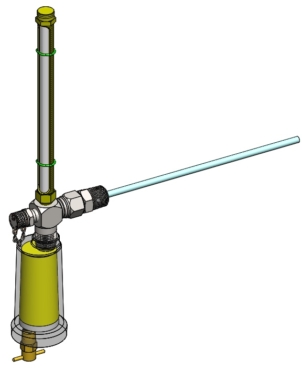
Along with the new magnet option to check for ferrous debris, it offers sight level gauges that can clearly indicate fluid level from any bottom to top requirement. If water or microbial contamination is a problem, a clear bottom sentiment and water gauge can be added to monitor ingress. Vent lines can be connected to an AC Series breather connection to maintain the full integrity of a closed loop system.
The combination of a cost-effective AC Series Drain and Breather can significantly reduce production downtime, the time and cost of unnecessary maintenance. So important when a large number of gearboxes and gearmotors need to be maintained.
Here are some other tips to maintain your gearbox fleet
- Establish an on the spot checklist for all technicians.
- Check Temperature at a standard location in seconds using a low-cost infrared gun.
- Check for visible leaks all around the equipment and note any known location
- To assist, consider adding a small quantity of suitable dye that could be used with a UV light to pinpoint the leak.
- Record all changes.
- Schedule a follow-up.
Take some time to compare maintenance cost and time spent budgets before and after to identify the investment payback


